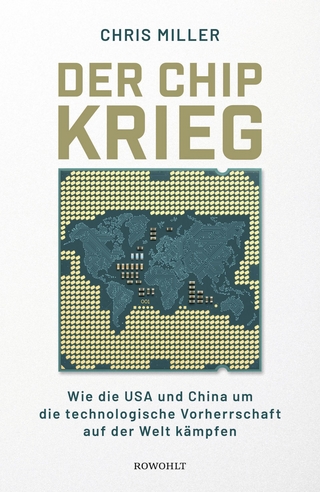
Financing in Europe
Springer International Publishing (Verlag)
978-3-030-09631-1 (ISBN)
Presented in two parts, part one of the book focuses on credit markets in the preindustrial age, in particular the period before the advent of modern joint stock banks. Part two examines the evolution of credit at the time of the emergence of modern banks. This volume will be of interest to academics and researchers in the field of finance who are interested in the historic evolution of credit and the credit market.
Marcella Lorenzini is a Post-doc Researcher at the University of Trento, Italy. Her work researches how credit markets develop in the absence of formal institutions. Her recent publications include one monograph and a chapter in a collected volume on Infrastructure Financing in the Early Modern Age.
Chapter 1: Introduction.- Part I Informal, Non-institutional and Professional Credit in Preindustrial Europe.- Chapter 2: The Rise of London as a Financial Capital in Late Medieval England.- Chapter 3: When Things Go Wrong: Credit, Defaults and Institutions in Early Modern Venice.- Chapter 4: Financing Trade Through Limited Partnerships: Evidence from Silk Firms in Eighteenth-Century Trentino.- Chapter 5: Borrowing and Lending Money in Alpine Areas During the Eighteenth Century: Trento and Rovereto Compared.- Chapter 6: The Social Acceptance of Paper Credit as Currency in Eighteenth-Century England: A Case Study of Glastonbury c. 1720-1742.- Chapter 7: Public Functions, Private Markets: Credit Registration by Aldermen and Notaries in the Low Countries, 1500-1800.- Chapter 8: Notaries and Domestic Lending in Wartime (Seventeenth- and Eighteenth-Century France).- Chapter 9: Private Credit in Spain During the Late Eighteenth and the Early Nineteenth Centuries: Institutions, Crisis and War.- Part II Credit in the Time of the Emergence of Modern Banking.- Chapter 10: Microcredit in the Ottoman Empire: A Review of Cash Waqfs in Transition to Modern Banking.- Chapter 11 Challenging the Institutional Revolution of Credit Markets in the Nineteenth Century.- Chapter 12: Relationship-Based Finance in Changing European Banking Scenarios: The Case of Parent Schaken et Compagnie (1835-66).- Chapter 13: Formalising Credit Markets? The Entrance of English Joint-Stock Banks.- Chapter 14: Towards the Institutionalisation of Credit.
| Erscheinungsdatum | 14.01.2019 |
|---|---|
| Reihe/Serie | Palgrave Studies in the History of Finance |
| Zusatzinfo | XXI, 405 p. 27 illus. |
| Verlagsort | Cham |
| Sprache | englisch |
| Maße | 148 x 210 mm |
| Gewicht | 562 g |
| Themenwelt | Geschichte ► Teilgebiete der Geschichte ► Wirtschaftsgeschichte |
| Wirtschaft ► Allgemeines / Lexika | |
| Wirtschaft ► Betriebswirtschaft / Management ► Finanzierung | |
| Betriebswirtschaft / Management ► Spezielle Betriebswirtschaftslehre ► Bankbetriebslehre | |
| Schlagworte | Banking • credit • Early Modern Europe • Financial History • Informal Credit • intermediaries • Merchant Courts • Non-institutional Credit |
| ISBN-10 | 3-030-09631-9 / 3030096319 |
| ISBN-13 | 978-3-030-09631-1 / 9783030096311 |
| Zustand | Neuware |
| Informationen gemäß Produktsicherheitsverordnung (GPSR) | |
| Haben Sie eine Frage zum Produkt? |
aus dem Bereich


